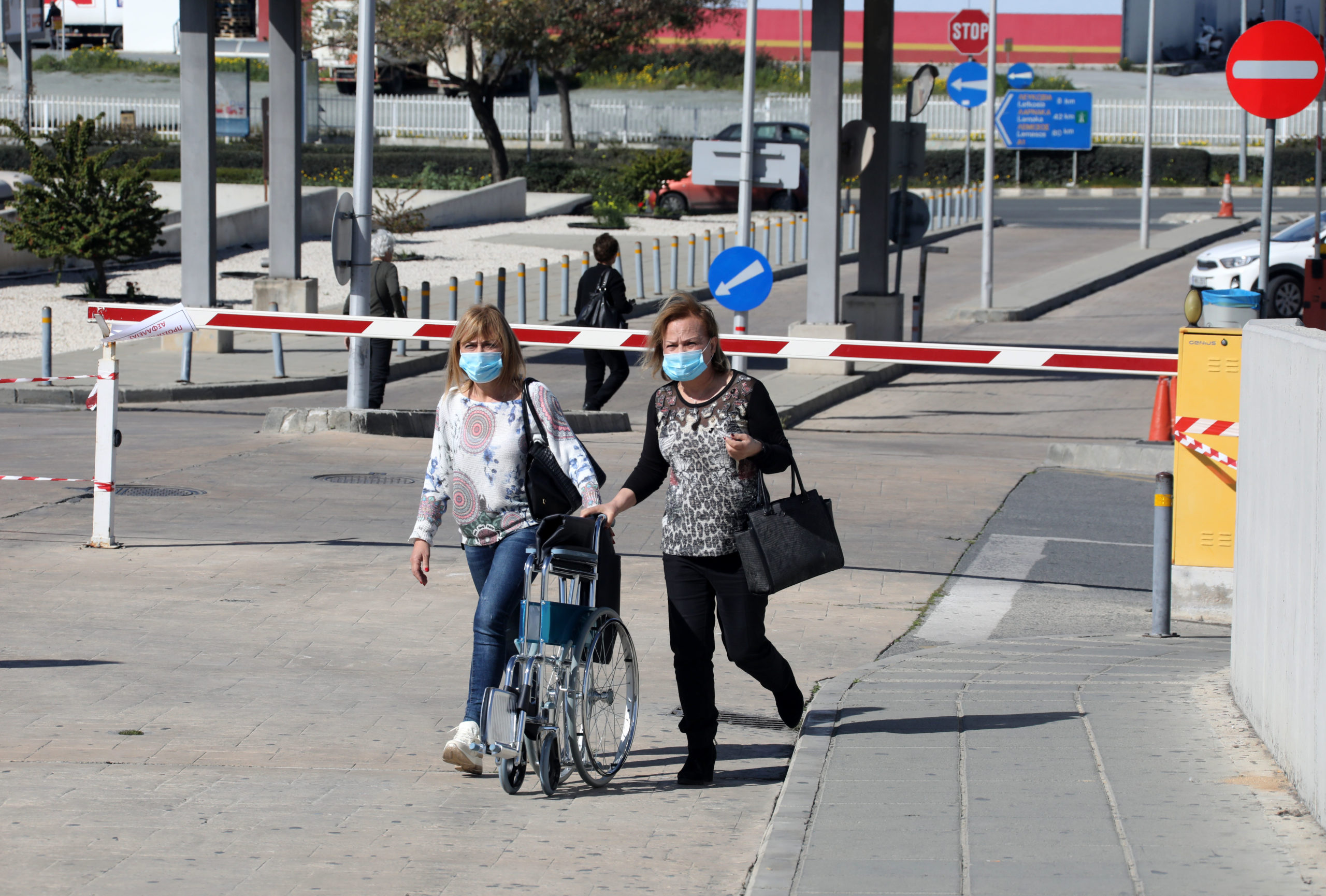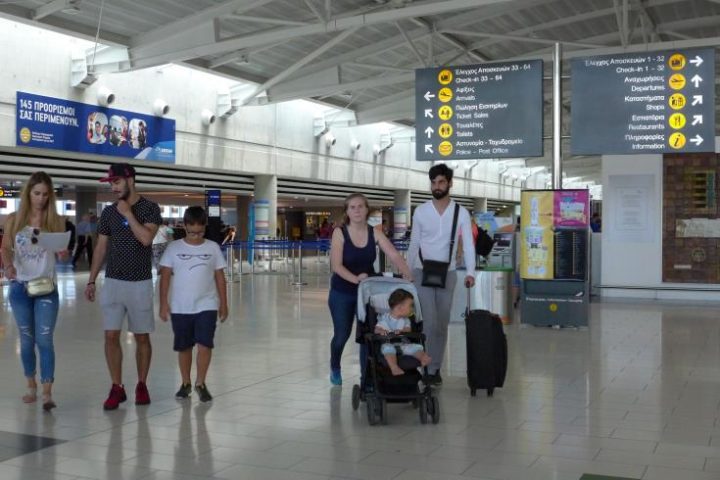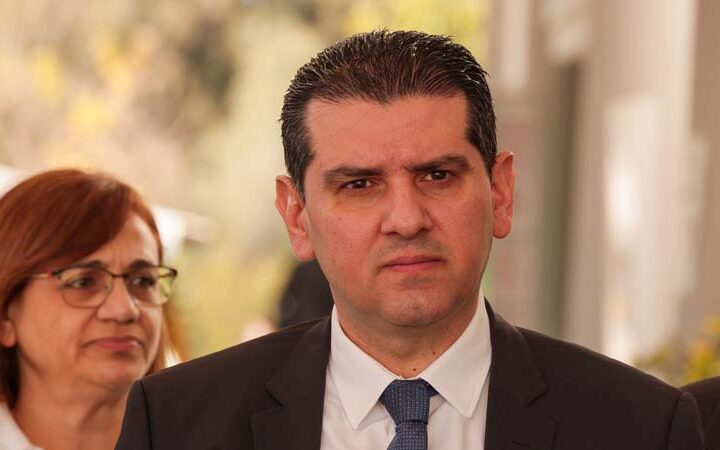Cyprus has tightened the lid on the transmission of COVID-19 within the community as just 5 out of 31 cases reported in the fortnight between 3-16 June, involved locally acquired infections.
Health service efforts seem to be paying off as the majority of recently confirmed coronavirus cases were connected to repatriation flights.
Out of 840 cases for which the place of exposure was known, locally acquired infections were 674 (80.2%).
In total, 19.8% (166) of laboratory-confirmed COVID-19-cases had a history of travel or residence abroad during the 14 days prior to symptom onset (imported).
These cases have a direct link mainly to the UK and Greece.
Of these 8.5% (57) were related to a single healthcare facility (Paphos General Hospital) and 12.5% (84) were reported in Aradippou municipality.
Up to June 16, a total of 985 COVID-19 cases and 25 deaths of people who had contracted the virus (case fatality rate: 2.5%) were reported in the Republic of Cyprus.
The mortality rate for COVID-19 is 2.9 per 100,000 population.
Eighteen deaths (72%) occurred in men and seven (28%) in women; the median age of all deaths was 76 years.
Nine deaths were reported among residents in Larnaca, seven in Paphos, four in Nicosia, three in Famagusta, and two in Limassol.
For 18 deaths, COVID-19 was the underlying cause of death (COVID-19 CFR: 1.8%).
Hospital care
In total, 18.2% (179) of cases received hospital care, of which 146 patients (81.6%) have been discharged from the hospital.
Median age of all hospitalized patients is 62 years and 64.8% are males.
Overall, 32 cases (17.9% of all hospitalized patients) were admitted to ICU, of which two were still in ICU (on June 16).
A total of 27 ICU patients (84.4%) have been intubated, of which one (50% of all patients currently in ICU) is still intubated.
The overall median length of stay in ICU, for all 32 ICU cases was 11 days.
The median age of all hospitalized patients is 62 years, 64.8% are men.
Overall, 818 (85.2%) cases have recovered without symptoms and after two negative tests following their diagnosis or released 21 days after diagnosis.
The median age of all cases is 45 with 49.3% female and 50.7% male.
By age groups, cases included 64 infants, children and adolescents aged 0-17 years-old (6.5%), 689 adults aged 18-59 (70%), and 232 people aged 60 years and older (23.5%).
Most cases in Nicosia
Among all cases, 383 (38.9%) were reported in the Nicosia district, 248 (25.2%) in Larnaca, 166 (16.9%) in Paphos, 117 (11.9%) in Limassol, 47 (4.8%) in Famagusta, and 24 (2.4%) were reported either in the British bases or had a residence abroad, or information was not available.
Notably, 128 cases (13%) were reported in Aradippou, a municipality in Larnaca. Cases in Aradippou, including a cluster in a local bakery production line, mainly males and the median age is 49. If the cluster is excluded, cases are mainly female (53%; n = 53) and the median age is 54.5 years.
Out of the 985 laboratory-confirmed COVID-19-cases, clinical information is available for 98.6% (971), of which 34.2% (n = 332) reported no symptoms at diagnosis and 65.8% (n = 639) reported at least one symptom. The most commonly reported symptoms were:
- cough (32.8%)
- fever (31.3%)
- myalgia (21.5%)
- sore throat (16.8%)
- anosmia (12.7%)
- shortness of breath (11.4%)
Other reported symptoms were diarrhoea, runny nose, and headache.
Among all confirmed cases, 19.4% were healthcare workers (191) – 4% physicians (39), 9.8% nurses (97), 1.3% other health occupations (13), and 4.3% auxiliary staff (42).
A total of 143,602 tests were performed that is, 16,394.8 per 100,000 population.
Significantly more than Italy’s 7,770.3 per 100,000 inhabitants, UK’s 10,500.2 and South Korea’s 2,168.6.










